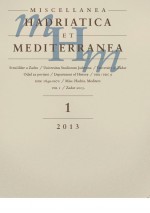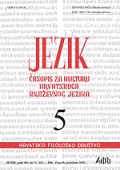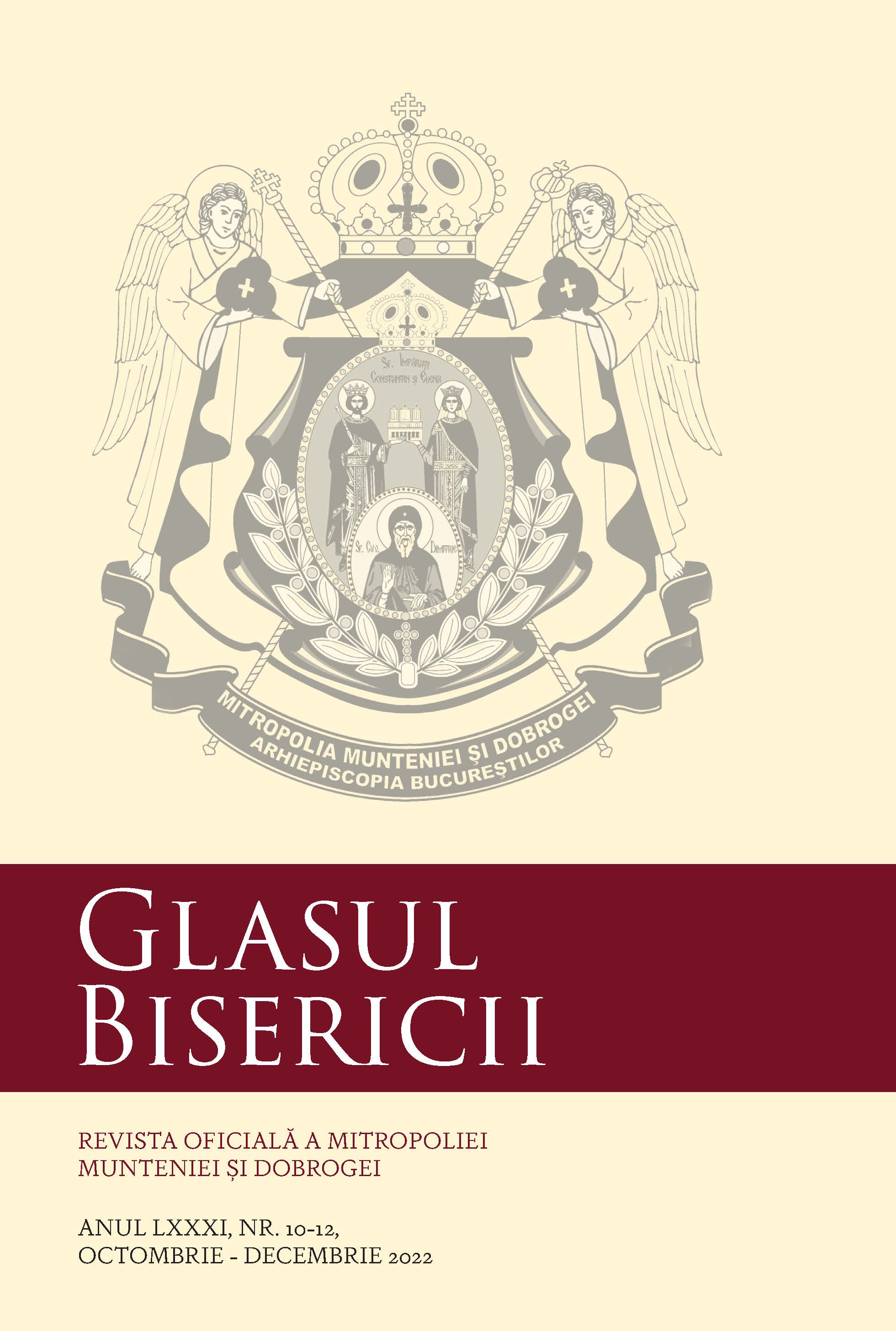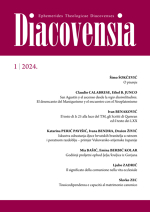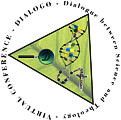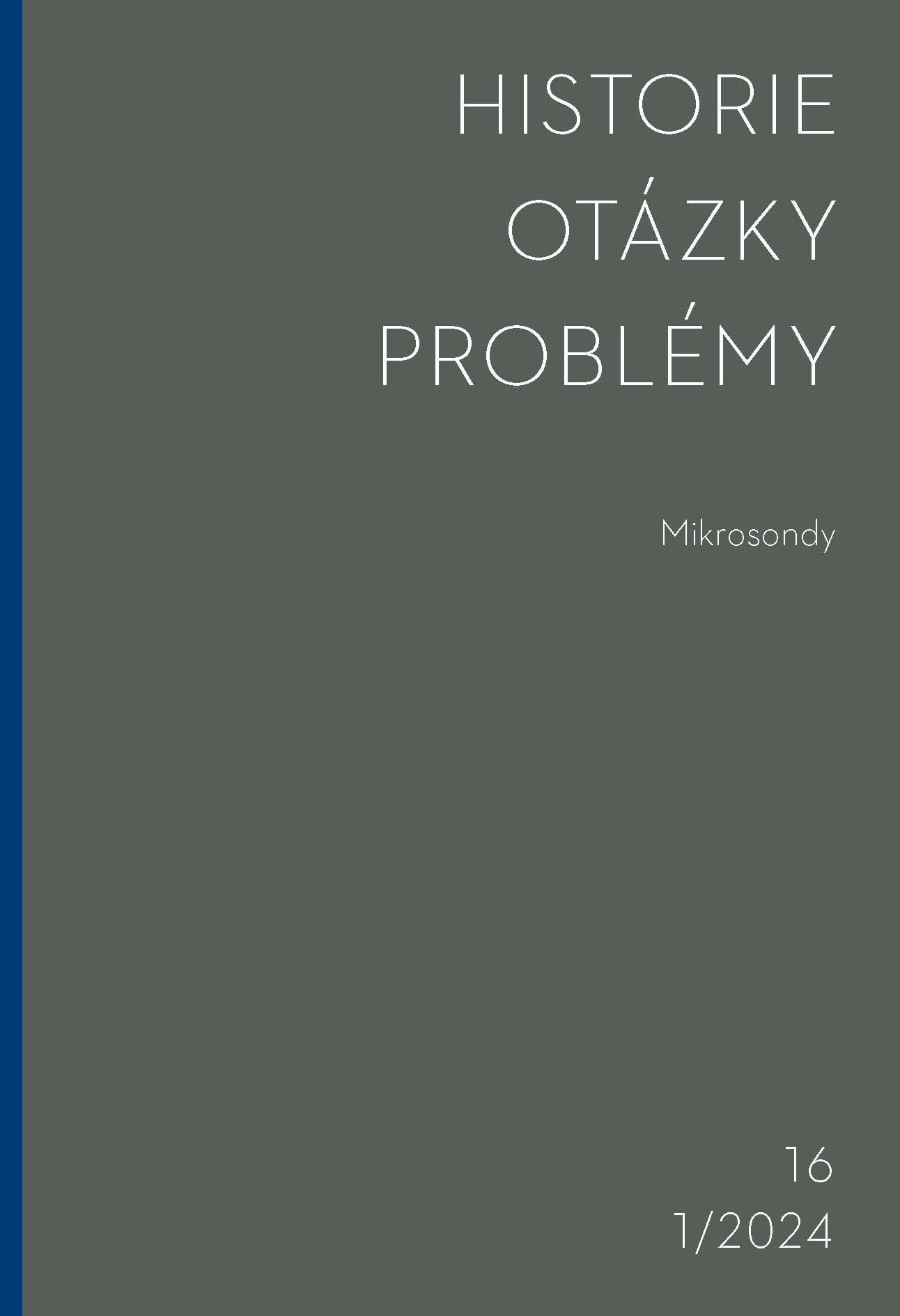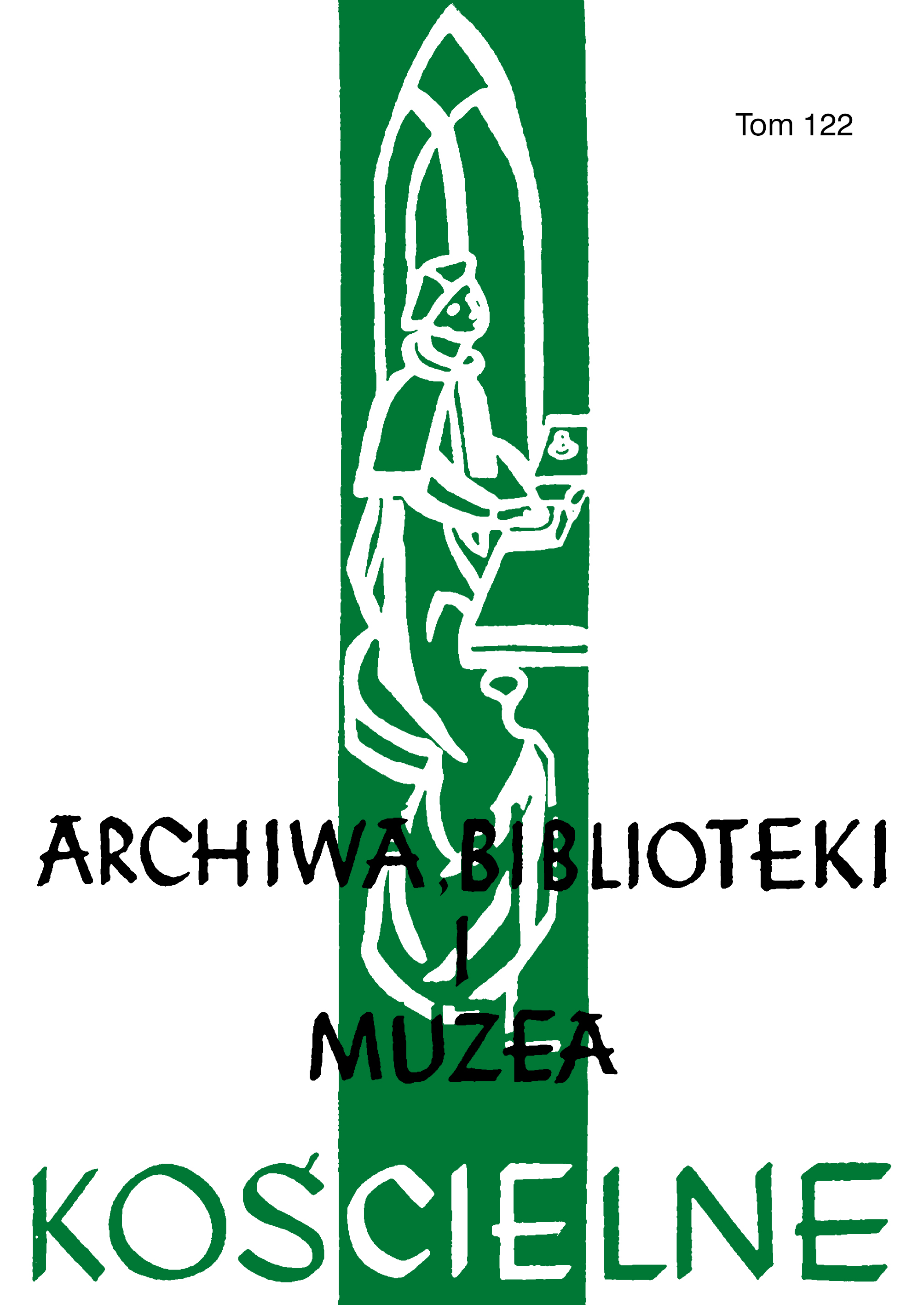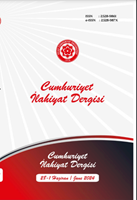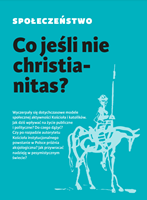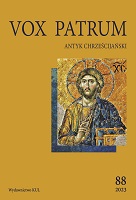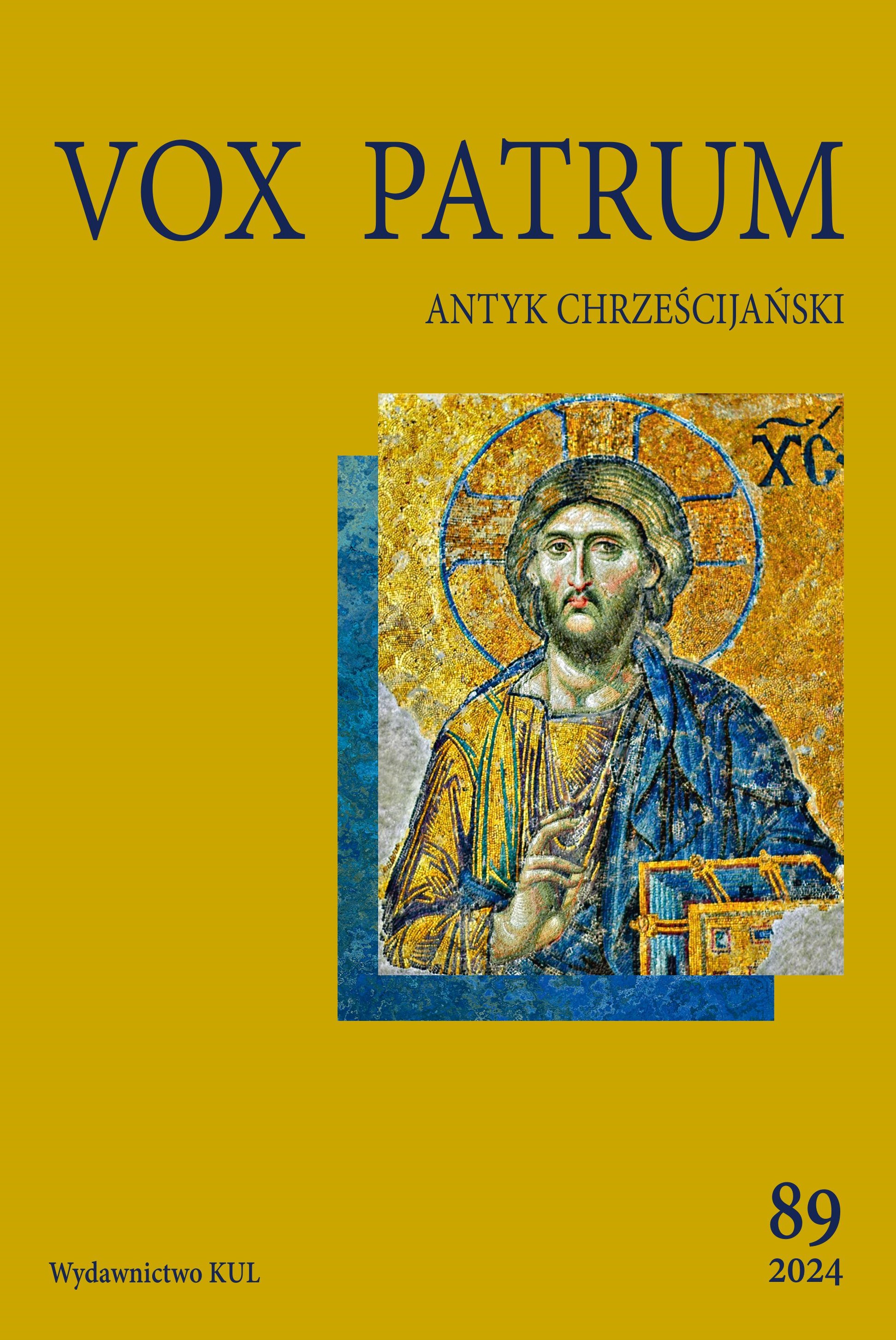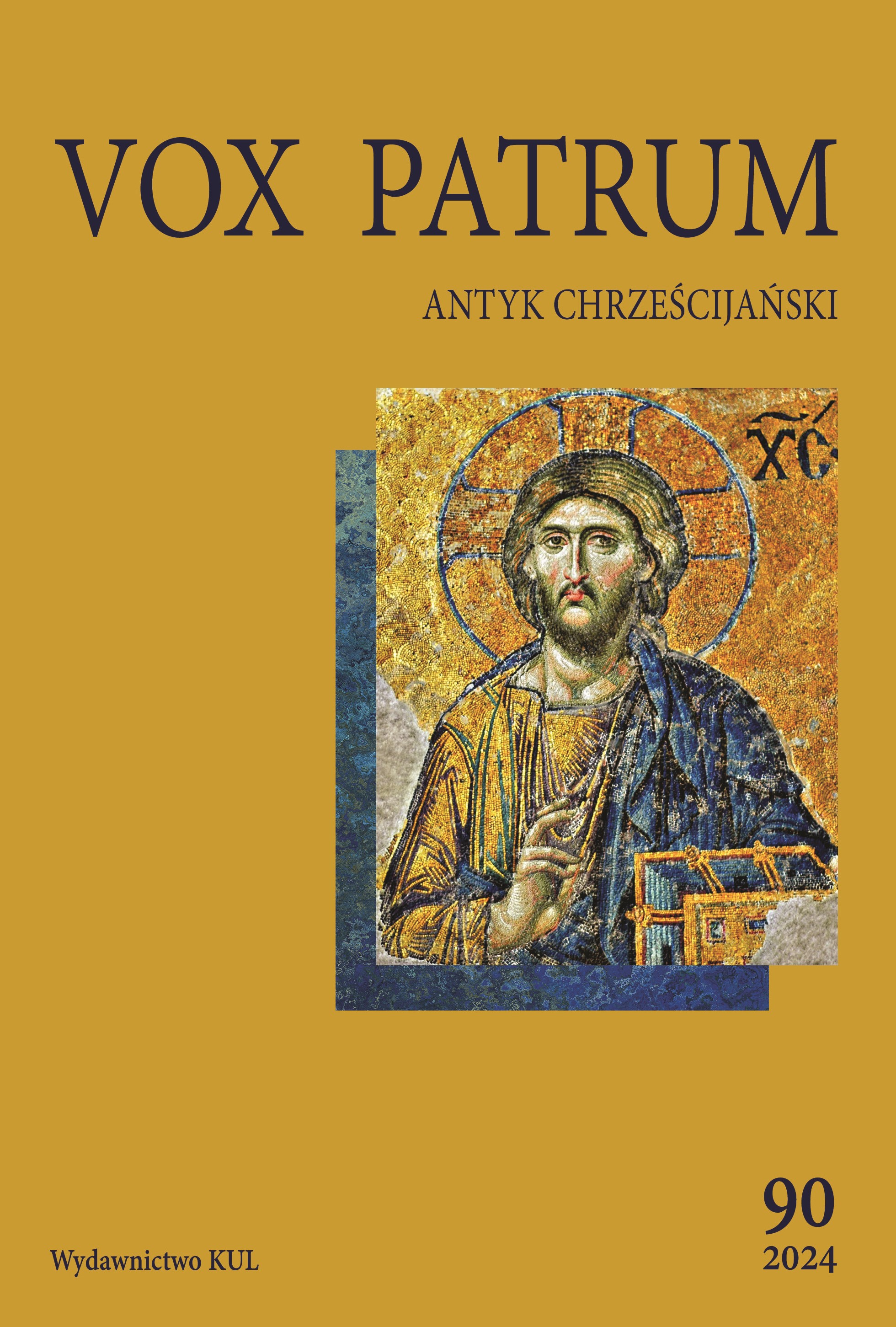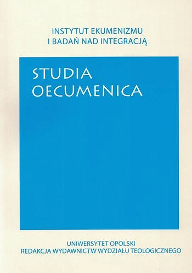Author(s): Serkan Sayar / Language(s): Turkish
Issue: 1/2024
The instrumental use of religious beliefs and values in conflicts around the world is the source of many discussions in which the issues of religion and violence are placed at the center. Although the discussions are shaped around the assumption that religious beliefs and values are the source of violent behavior, the relationship between religion and violence has a very complex structure. Because the sacred texts, which are at the center of religious traditions, have demands for peace and reconciliation, as well as examples and symbols of war and violence. In other words, religious traditions have served as an inspiring source for both the realization of basic moral values and the adoption of peaceful attitudes in the historical process. On the other hand, the worst examples of human history are also linked to religious beliefs and values. Historical records indicate that thousands of people have lost their lives in wars fought in the name of religion and many more have been subjected to direct or indirect violence. Therefore, it would not be realistic to say that religious beliefs and values serve war or peace based on any passage in sacred texts or any positive or negative example from the past. However, the September 11 attacks in the United States have led to different views on religious violence. Ironically, America's use of religious beliefs and values as a tool for legitimizing violence, after having decided to fight religious terrorism in 2001, has paved the way for 9/11 to be used as an archetype for similar attacks. The use of four planes hijacked by nineteen alleged Muslims for the attack on the World Trade Center not only led to discussions on religious violence over Islam and Muslims, but also paved the way for military and political decisions that would reshape the Islamic geography. Claiming that he took action against religious terrorist organizations as a result of this attack, George W. Bush interpreted the struggle as a crusade against evil forces and initiated military operations in Afghanistan and Iraq that resulted in the death of tens of thousands of people. Similarly, Binyamin Netanyahu, who based the attacks that took place on October 7, 2023, on the prophecy of Isaiah, described the events of October 7 as Israel's September 11, causing the deaths of thousands of civilians, regardless of men or women, young or old. Although the conflicts are based on theopolitical, economic or cultural reasons, the use of the language of religion in the legitimization of violence, in my opinion, requires an investigation of the debates on religion and violence. For this reason, this study aims to make a general evaluation in the context of religious violence debates. While examining the subject, firstly, different perspectives on religious violence debates since the September 11 attacks were emphasized, then it was pointed out that the expressions of violence in the sacred texts of the monotheist tradition have been interpreted in different ways in the historical process, and it was tried to show that acts of violence characterized as religious are based on numerous and complex reasons. The subject is discussed through Jewish, Christian and Islamic traditions and limited to examples where religious beliefs and values belonging to the monotheistic tradition are shown as references to violence. In the phenomenological perspective, it is seen that religiously expressed acts of violence are related to the reinterpretation of sacred texts for certain purposes and the idealization of the new interpretation.
More...


